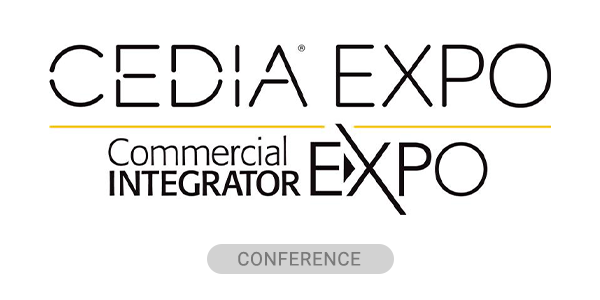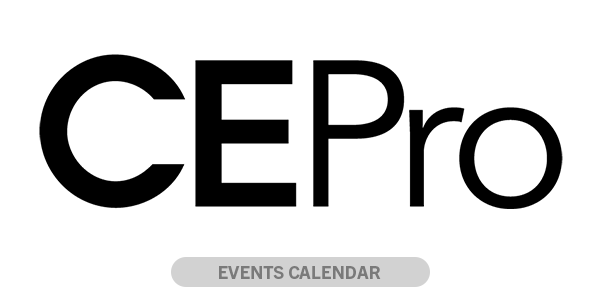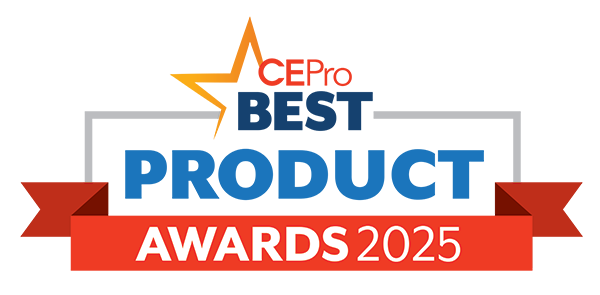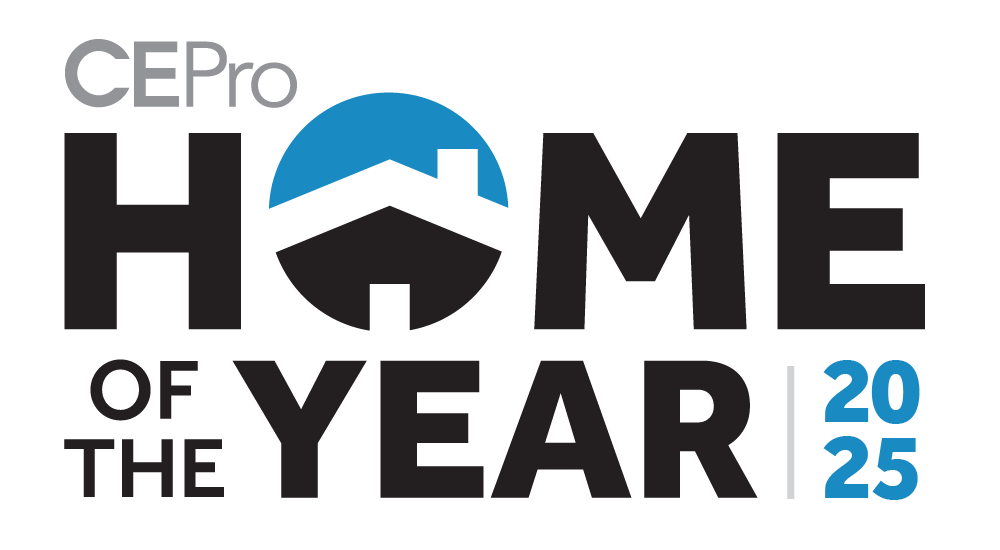As the government shutdown drags on, the second biggest casualty from the situation (first being the loss of pay to government employees) has been the loss of economic data many use to make vital business decisions. Usually here at CE Pro, I like to pour over the housing stats to help get at least somewhat of a feel for market conditions that might impact integrators’ businesses, and I still intend to do that in this article.
The only caveat this time is that, instead of looking at broader market data provided by the U.S. Census Bureau, I’ll be taking a look at some of the private data. When the government’s back up and running, I’ll return to look at that data separately, so stay tuned for that if you’re interested.
Data Focus and Context
Since we can’t look at broader market data, we’ll instead be focusing on the luxury segment with a report put out by the Institute for Luxury Home Marketing. Compared to the data put out by the U.S. Census Bureau, this looks exclusively at homes dubbed “luxury” based on relative price point to income in a given area.
For example, a luxury home in the Philadelphia, PA market has a price point of roughly $784,000, while a luxury home in Boulder, CO has a price point of $2.2 million. Additionally, the report looks at the entirety of the North American continent, so if you decide to read through the report yourself, you’ll notice some Canadian statistics thrown in there as well that ultimately contribute to the overall report.
Additionally, I’ll be looking at a of couple sentiment-based indexes from the National Association of Homebuilders (NAHB), as well as some data pulled from a panel at the recent State of the Industry panel from CEDIA Expo, to get see how current conditions might be impacting industry outlook.
With that said, let’s take a look at last month’s data.
State of the Luxury Home Market: October
According to the report, overall inventory of luxury homes in September rose by 14% while new listings rose 10.2%, both measured on a year-over-year (YoY) basis. At the same time, sales of volume increased by 15.2% YoY with the median sold price increasing by 2.9%.
The median list price, meanwhile, rose only 0.8% reflecting a relatively realistic spread between what is being asked and what is being given in these sales.
When looking monthly, inventory of luxury homes has actually fallen since June, dropping 8%. At the same time the number of luxury properties sold had decreased by 23.8% over that same period, though for context, the same period last year saw a more staggering drop of 26.5%.
Thus far, the luxury housing market is still on track to outdo last year, with the number of homes to date exceeding 2024’s numbers around the same time period by 4.9%.
Identifiable Trends Impacting the Luxury Home Market
Later on in the report, the institute outlined a set of trends it saw as currently impacting the luxury segment. These trends include:
- Interest rate cuts: Cuts from both North American and Canadian reserves have seen a knock-on psychological effect. Luxury homebuyers aren’t as heavily affected, but more liquidity means more liquidity.
- Wealth migration: U.S. and Canadian coastal markets continue to be attractive to domestic and international clientele.
- Labor shortages: Elevated labor costs across the board continue to limit new construction (a potential sign of what’s in store for the broader markets), giving an edge to existing properties.
What Integrators Want to Take Away from That
Integrators will also want to take into consideration some potential risks that were glimpsed in last month’s look at the housing market as, while the luxury segment does enjoy a certain level of insulation against broader market trends, it is not without its own set of weaknesses integrators will want to keep an eye on.
Additionally, one thing integrators want to keep in mind is that this month’s report found buyers are increasingly prioritizing intrinsic value when it comes to their purchases. Specifically, buyers are “seeking properties that combine design excellence, privacy, sustainability and technological integration.
“The Institute’s data, showing slower growth in list prices but steady gains in sold prices, reflects a mindset where buyers will pay for quality, but only when justified by fundamentals.”
Current Outlook for the Luxury Home Market
Closing out the report, the Institute labeled current prospects as those “defined not by volatility, but maturity,” citing steady sales, rising inventories and modest price appreciation for the segment.
Does that Match Current Market Conditions Being Seen by Integrators?
Pulling sentiment from a recent State of the Industry discussion at the 2025 CEDIA Expo, 86% of CEDIA members self-reported as being “optimistic” about their business prospects in the current economic environment.
Buying group leaders largely agreed, stating the earlier parts of 2025 as being marked by volatility and economic headwinds that have largely petered out moving into fall. Pulling from project activity, most buying groups saw a significant uptick in business among members starting in August that has held steady thus far, feeding optimism.
What About Homebuilders?
While we can’t pull explicit construction data from the Census Bureau, we can still gather homebuilder sentiment to get a rough idea of what the frontline homebuilders feel given their current business prospects.
According to the National Association of Home Builders (NAHB)/Wells Fargo Housing Market Index (HMI), future sales prospects have finally surpassed the breakeven point. A first for the index since last January.
For context the index gets measured on a 0-100 scale with any number over 50 meaning more builders are optimistic about prospects than not. Conversely, any number under 50 means more builders are pessimistic than not.
All of the HMI subindices rose in October:
- Sentiment on current sales conditions rose four points to 38,
- Future sales rose nine points 54,
- And traffic of prospective buyers crept up four points to 25.
And Remodelers?
Running off of a similar format to the HMI, the NAHB/Westlake Royal Remodeling Market Index (RMI), meanwhile, shows a much greater sense of confidence among remodeling professionals, though sentiment did decline slightly compared to last quarter.
For comparison to the above:
- Sentiment regarding current conditions averaged 68, increasing two points from last quarter,
- Expectations for leads and inquiries dropped two points to 49,
- And the estimated backlog of remodeling jobs rose four points to 56.
In Summary
While it’s been common for this channel to be overly optimistic at times regarding its growth prospects, recent events have lent credence to the notion that the luxury segment, at least for now, enjoys a heft of insulation from broader market woes as activity and sales in the luxury property segment continue to post solid gains.
At the same time, integrators themselves have confirmed a substantial uptick in projects that has contributed to a relative euphoria throughout the industry while others sit in the doldrums.
Particularly, remodeling, broadly, still seems to be doing well, and while sentiment may be flagging there, it’s not enough to dip into pessimism about future prospects. Paired with the aforementioned insulation provided by luxury clientele, and integrators, whose work tends to consist of luxury remodels, seem to have a relatively stable set of growth prospects for the time being.







